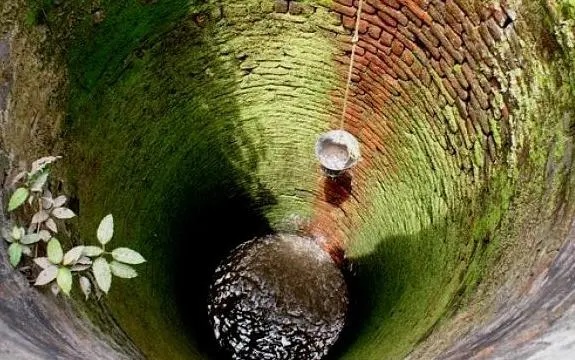Jaleswar: With the summer season yet to start, areas under Jaleswar block in Balasore district are experiencing an alarming drop in groundwater levels. The absence of rainfall for the last five months and excessive use of water for paddy cultivation during the rabi season are the reasons behind the sharp drop in groundwater level.
Groundwater is depleting day by day and environmentalists fear that the situation might go out of hand if rain does not occur soon in the coming days. Such has been the situation in that groundwater can be found as deep as 60 feet down the surface. The reason behind the depletion in groundwater level is attributed to the functioning of around 300 government-managed lift irrigation (LI) points and 2,000 shallows. It is apprehended that the overuse of groundwater may lead to saline water ingress in the coastal tracts of the district.
Sources said that the areas under Jaleswar block, which is on the fringes of West Bengal, have not experienced any rainfall since October last year. The fall in groundwater level is so apparent that water level has fallen drastically in all the water bodies including canals, ponds, streams, creeks, and rivers even before the start of summer. The drop in the groundwater level is also impacting the surface water level in the area. Meanwhile, farmers under the block have completed the transplantation of paddy saplings over 7,000 hectare of land for this Rabi season.
As maximum paddy cultivation of the district is done under this block, groundwater is the only available source for irrigation for the farmers. Paddy cultivation requires a lot of water for which farmers draw depend on LI points and shallows to irrigate their farmlands. However, due to a lack of awareness, farmers only take up traditional paddy cultivation instead of cash crops which in turn worsens the situation. The increasing dependence of farmers on the LI points and shallows has started showing its effect.
Meanwhile, hundreds of tube wells in various villages installed by the residents have stopped drawing water. People in the riparian villages are the worst hit. They are facing an acute shortage of drinking water after their tube wells developed snags. The tube wells installed by the government are also giving out muddy water. Some of the tube wells are giving out water in such low amounts that people have to stand for hours to fetch a bucket of water. People in the hilly pockets of Raibania in Jaleswar block are the worst hit with some of the drinking water projects established under Basudha Yojana lying defunct. A long queue of men and women near tube wells is a familiar scene in the village of Raibania.
With many schools lacking a tube well or a standpoint, students must walk long distances to fetch water. It is apprehended that some of the LI points may stopped functioning if the area does not receive rainfall within a fortnight. People have demanded irrigation facilities for their farmlands and drinking water facilities for their households. Some farmers have urged the administration to draw water from the river gorge and supply it through pipelines to their farmlands.
Eminent environmentalist cum scientist Dillip Panda said there is a need for recharging groundwater for which the construction of large ponds and tanks is recommended in various places under the block. RWSS assistant engineer Pradyumna Das confirmed the development stating that the groundwater level has depleted to 20 or 24 metre depth in the block.
The officials are visiting various areas on a daily basis and repairing the defunct LI points. Residents of some riparian villages said that the problem can be resolved if water could be lifted from the Subarnarekha river either from Rajghat, Panchughanta, or Kuanrpur area and supplied to the residents after proper treatment.
